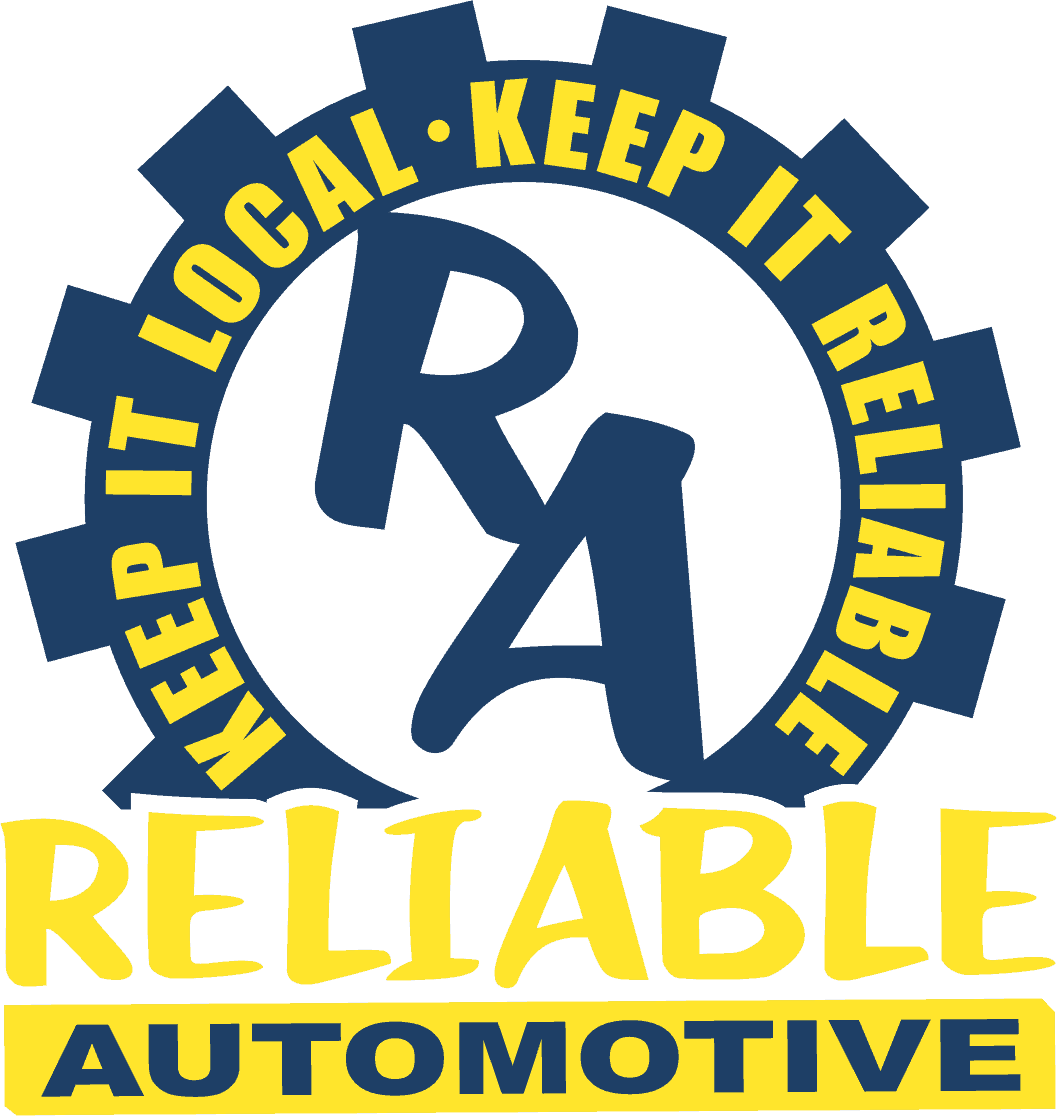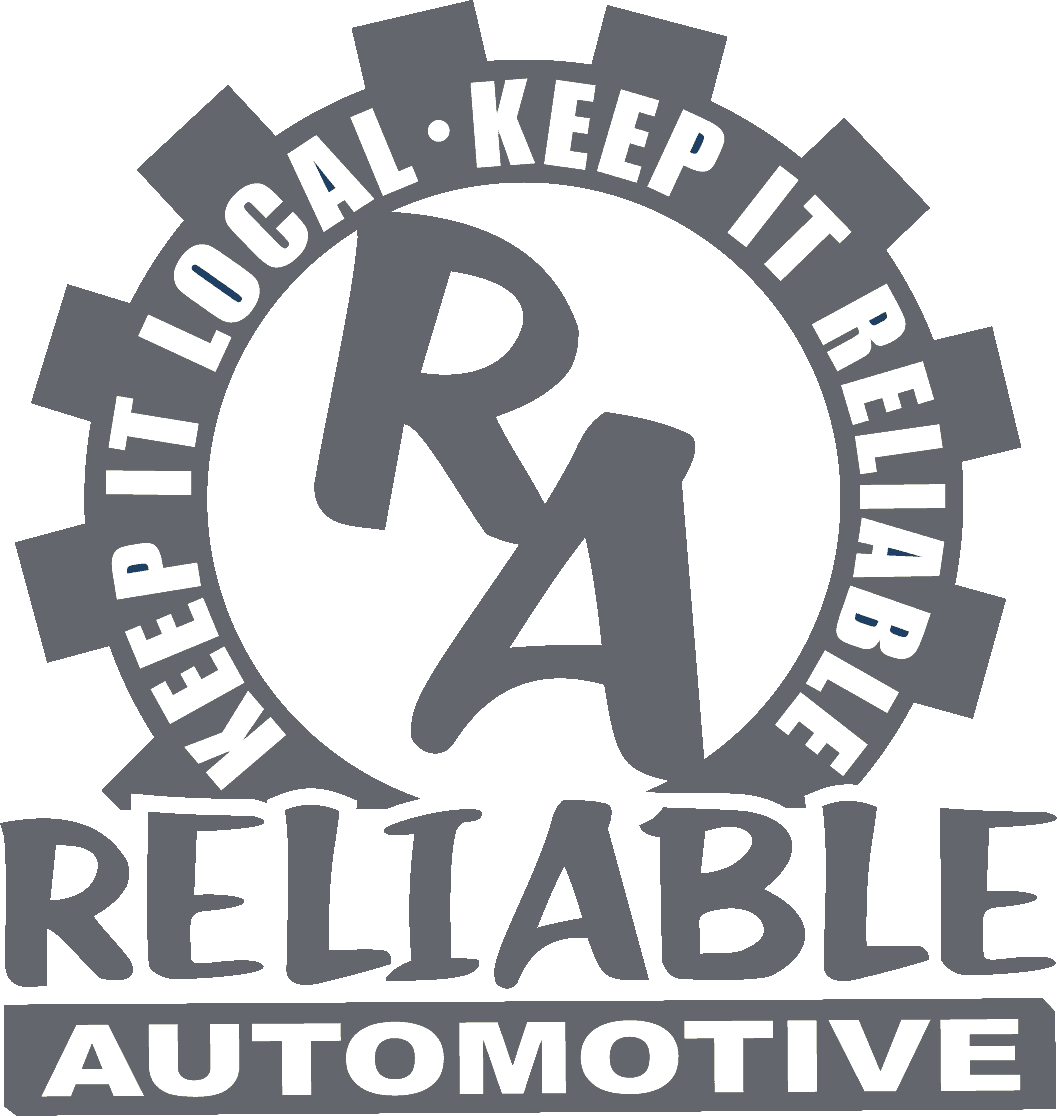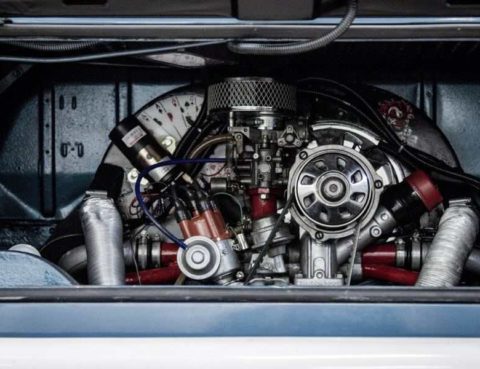
In terms of what auto repair can do for you, your first thought may be an oil change or getting your car to pass the emissions test. One factor that goes into such is choosing a repair technician. And with that, making sure the parts needed are necessary and direct with their intentions. When choosing…

A car break down is a situation no one wants to be in. One minute you’re driving down the road and everything seems fine. The next minute, your car is stuttering and stalling, and you only have seconds to pull over to safety. While it’s something no one wants to go through, car break downs…

Heatstroke is a condition caused by your body overheating, usually due to prolonged exposure to high temperatures. This condition usually occurs if your body temperature rises to 104 Fahrenheit or higher. Heatstroke is a severe condition with an 80 percent mortality rate. In 2019, according to the centers for disease and control and prevention, there…
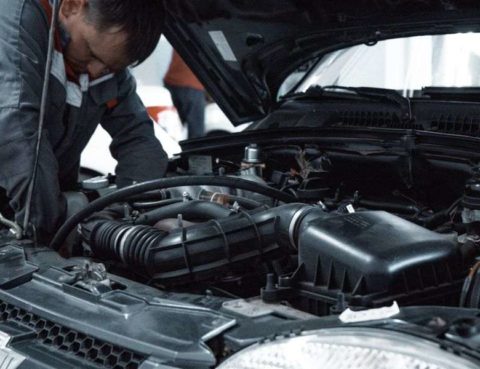
Have you ever wondered how automotive shops come up with estimates for car repairs? It’s a question that many people have, but few know the answer to. The truth is that it can vary greatly depending on the type of repair needed. The automotive shops use various techniques to determine what your car needs and…
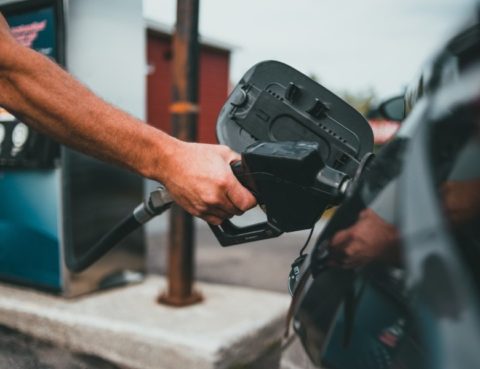
Many people notice that their gas gauge drops more quickly than it used to, and they blame the car. But is this just a coincidence? Probably not. Your vehicle may be guzzling gas faster because of one or two simple things you can do on your own! This blog post explains why your car seems…

What does your car’s exhaust smoke color mean? This quick guide will help you know what the different exhaust smoke colors mean and when it’s time to seek automotive repair services at a shop in Texas! Read on to learn more about common car exhaust smoke colors and what they mean. Blue Smoke If you’re…
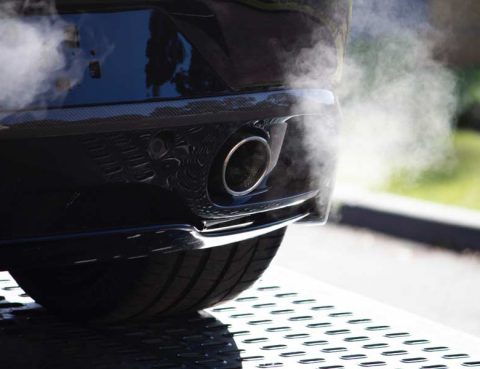
Catalytic converters are a piece of car equipment that clean the exhaust from your vehicle. They are an essential part of your vehicle’s exhaust system. They act as a cleaner, converting harmful chemicals in the car’s exhaust into less harmful substances before entering the environment. Catalytic converters help improve air quality and lower emissions, which…
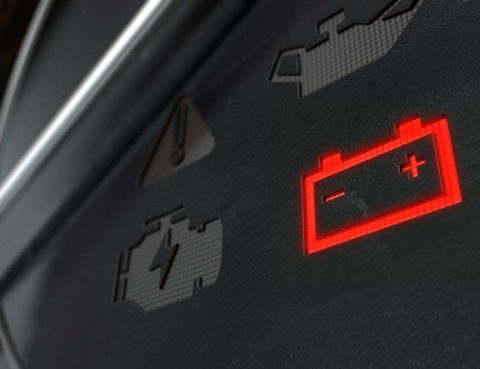
You’re using your new car for the first time, and it’s perfect! The dash is clean, and you have everything you need in place. But then, something becomes amiss—the little dashboard light shaped like a battery suddenly comes on. What does this mean? Is your battery about to die? Does it need to be replaced?…
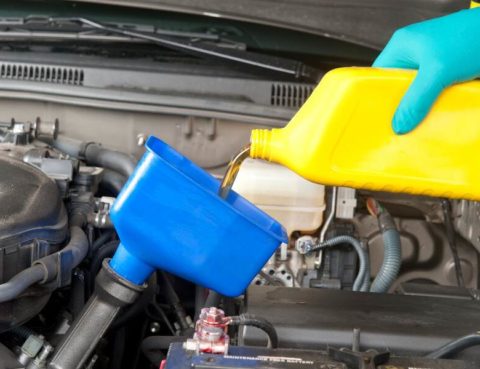
While car maintenance costs money, it can actually save you a lot of money in the long run. Regularly scheduled maintenance of your vehicle will help keep it running smoothly and efficiently, which in turn helps to reduce the amount that you spend on expensive repairs. It also means that you’ll be able to drive…
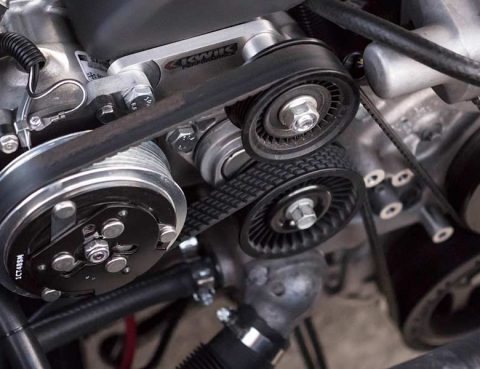
A Serpentine Belt is a simple device which, if neglected, can leave a driver stranded. In most cases, there is plenty of opportunity to avoid such a disaster. Simple inspections and paying attention to the performance of the vehicle gives a driver clues that the Serpentine Belt is in need of replacement. What Is It,…

While diving can be stressful, experiencing a sudden jerk while you accelerate can be downright scary. If a sudden jerk catches you off-guard you may even lose control of your vehicle. It’s important to know the possible reasons your car may jerk while accelerating, and how to fix these issues. Below, we’ve outlined some common…

Idling your car’s engine is sometimes unavoidable. Perhaps you need to find a place to stop and check your GPS quickly, or perhaps you’re waiting for a passenger who will be arriving in a few minutes. Suppose you’re stuck on the road in heavy traffic, or you’re stopped at an especially long red light. Drivers…

Summer is the season for road trips, traveling, and spending time out on the town enjoying fun in the sun. While the summer heat is perfect for enjoying a on the river or at the beach, it can be demanding on your car. The last thing you want to happen while you’re on the road…
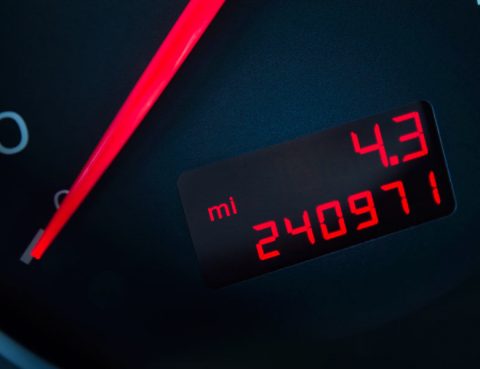
The life span of a vehicle doesn’t end when it reaches 100,000 miles plus. Taking proper care of a high mileage vehicle will keep it running like the day it came off the lot. Not only can proper maintenance enable a vehicle to last longer than 100,000 miles, but it also saves money in the…

A vehicle is no small investment, and every motorist wants to know that they’ll get the most out of their purchase and not need to shop for a new one for a while. To achieve this goal, you probably already know that regular maintenance and checkups are important to maintain your engine’s longevity. You might…

The smell of something burning in your car can be caused by many issues relating to the engine or other systems in some cases. The smell could stem from things as simple as a belt or something more technical like burning oil. When these smells occur, the driver needs to take action right away in…
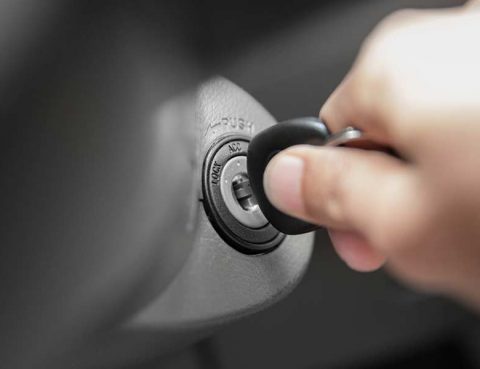
One of the most important and often neglected areas of car maintenance is the ignition and starting system. Most drivers don’t consider the many working parts that go into the simple act of inserting the key and putting the car into gear. There are a couple of different places to check when your car won’t…

If you have ever taken your vehicle off-road, then you know that a lot more is involved than getting some mud stuck in your grill. It also includes digging through deep sand and mud, kicking up rocks, and taking a dip through streams. Off-roading is more than a hobby. In fact, many enjoy it as…

No car owner loves or wants a cracked or chipped windshield. Even if the damage seems minimal, broken windshields are distracting and unattractive. While small cracks in the windshield seem to be harmless because the windshield itself is still intact, driving with windshield damage of any kind is a worse idea than many think it…
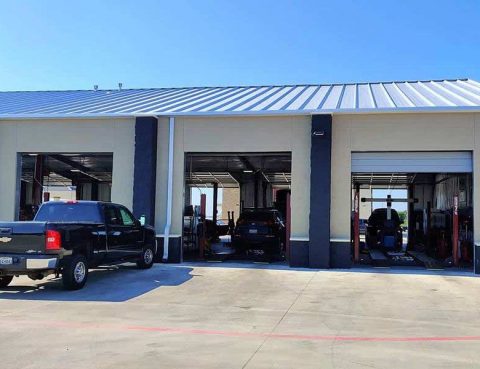
Your vehicle is one of the most important assets you own. It gets you from place to place and provides you a method of private transportation. That’s why it’s important to keep your vehicle running at optimum performance and to understand when to take it to a repair shop. You never want to be going…
